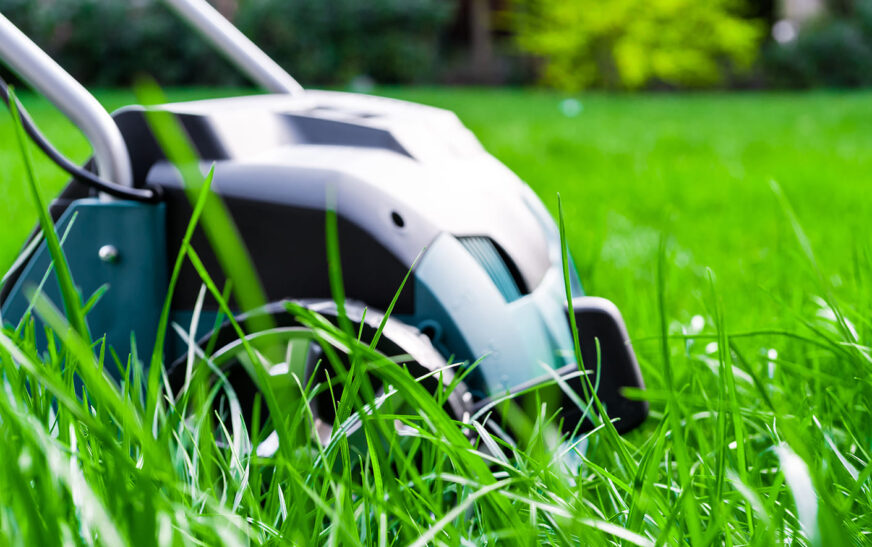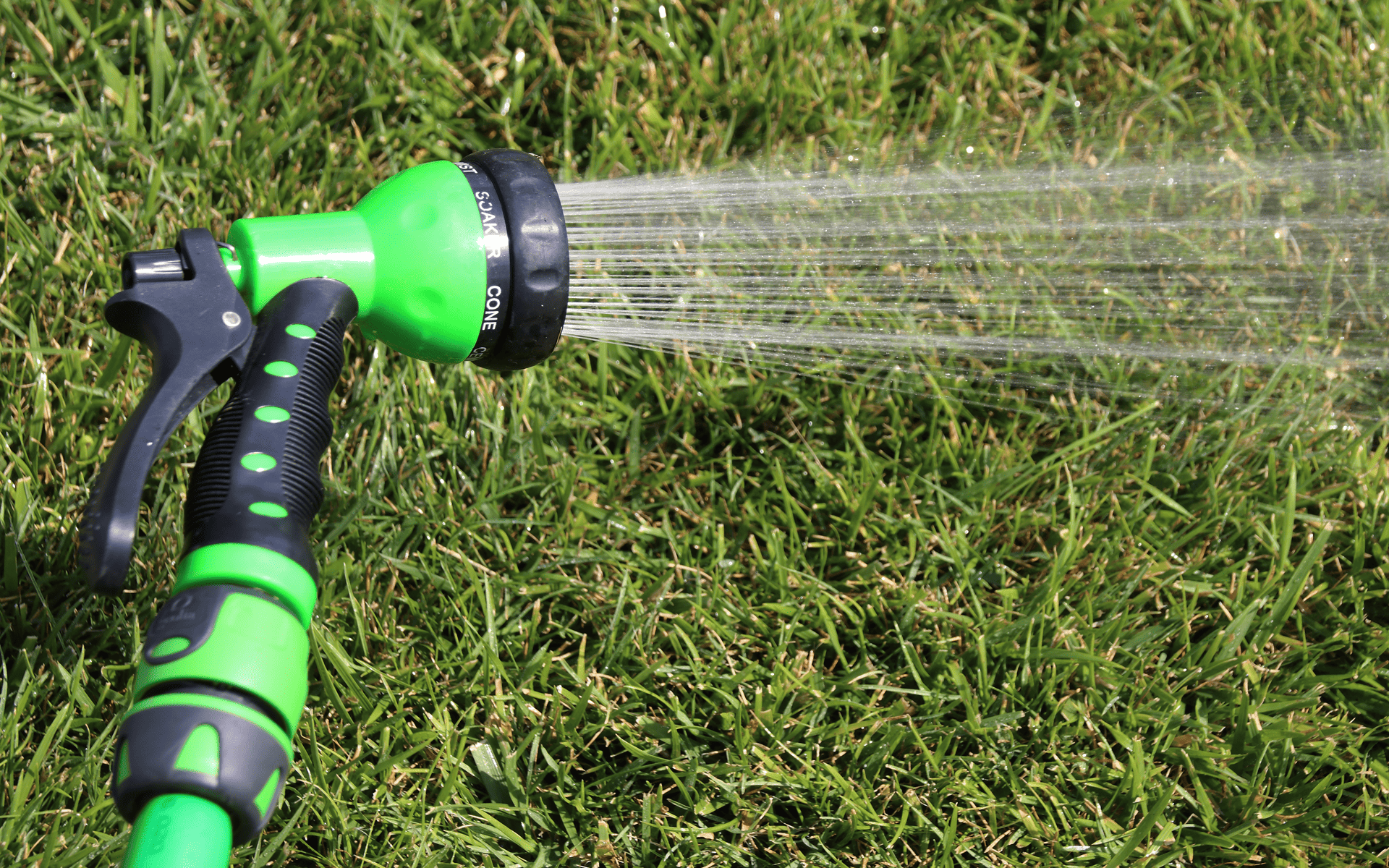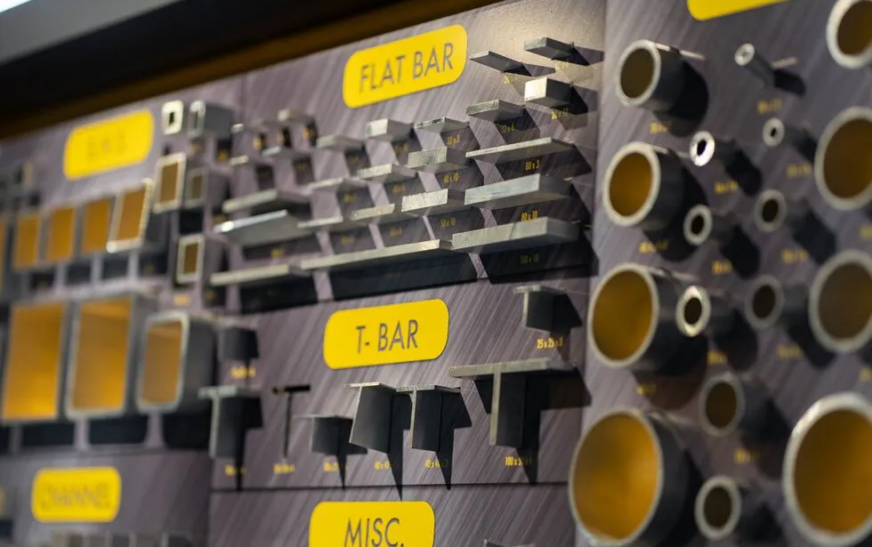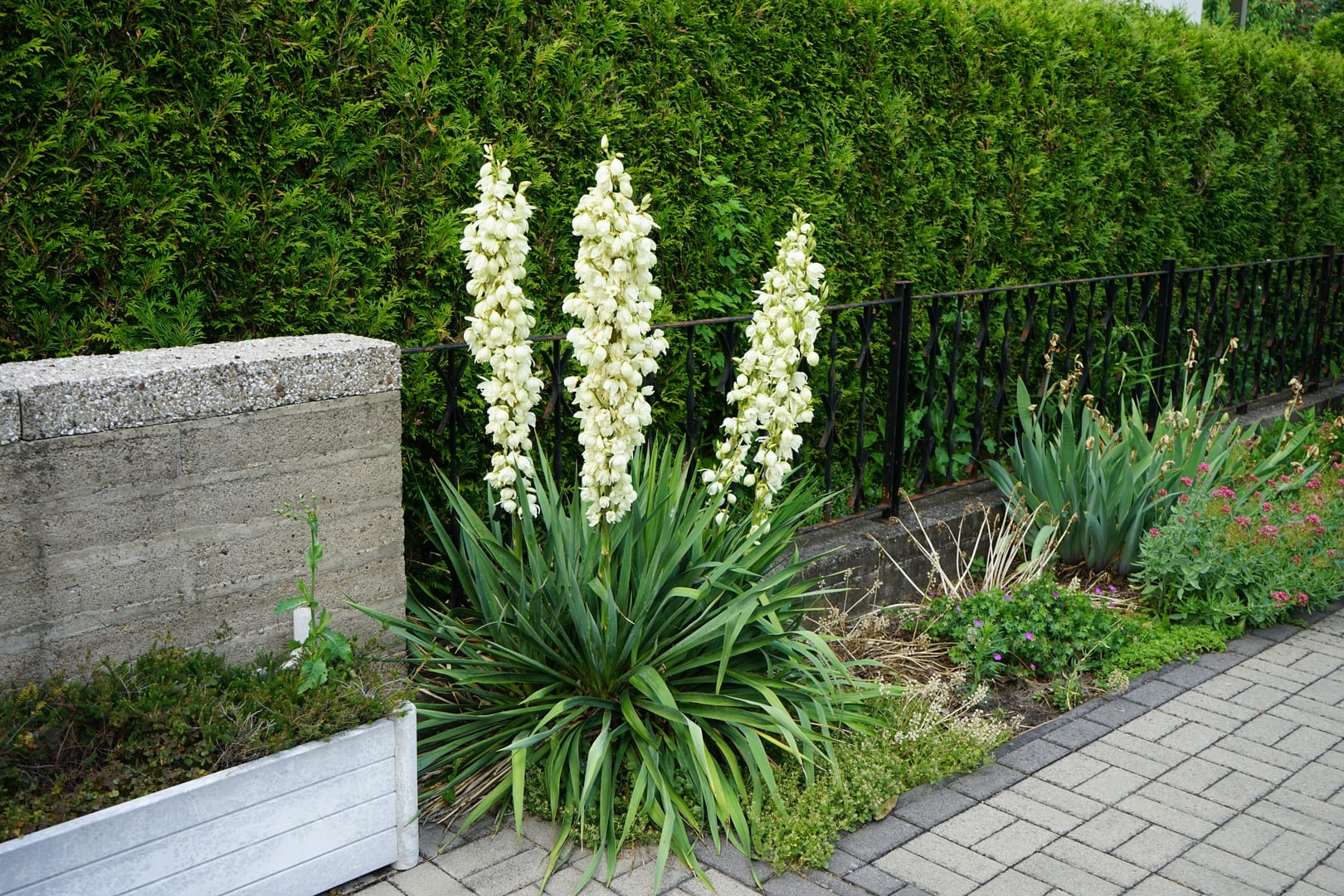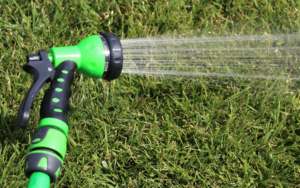Lawn aeration is one of the most important aspects of lawn care tips. Whether you’re a homeowner or responsible for larger spaces, such as sporting grounds or parks, aerating your lawn can dramatically improve the health of your grass, making it look lush and resilient.
But what exactly does aerating your lawn involve, and why should it be part of your lawn care routine?
What is Lawn Aeration?
Lawn aeration involves creating small holes in the soil to allow water, air, and nutrients to reach the grassroots more easily. This process helps to reduce soil compaction and break up layers of thatch, which can build up over time and prevent proper nutrient flow.
The main goal of aeration is to improve the overall health and condition of the lawn. By loosening compacted soil, the grass roots can grow deeper and more robust, giving your lawn a better chance of staying healthy during extreme weather conditions, such as heavy rain or drought. Aerating can be done using either manual or mechanical tools, depending on the size of the area and the level of soil compaction.
When Should You Aerate Your Lawn?
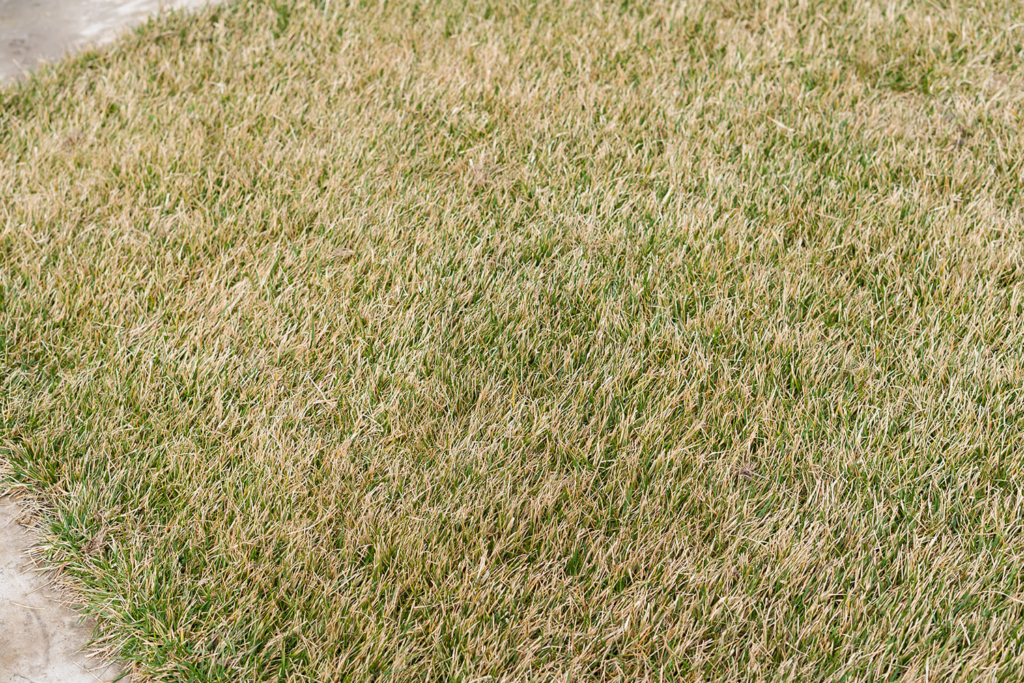
The timing of aeration is crucial for achieving the best results. In Australia, the ideal time to aerate your lawn largely depends on the type of grass you have and the climate in your region. For warm-season grasses, such as Buffalo, Couch, and Kikuyu, it’s best to aerate in late spring or early summer. These grasses grow actively during the warmer months, so aerating during this time allows the grass to recover quickly.
If you have cool-season grasses like Fescue or Ryegrass, aerating in early autumn or late winter is preferable. This gives the grass time to recover and grow strong roots before the more challenging weather conditions of summer.
In general, aerating your lawn once or twice a year is sufficient for most Australian lawns, but if you have particularly compacted soil or heavy foot traffic, you may need to aerate more frequently.
Signs Your Lawn Needs Aeration
It’s not always easy to know when your lawn needs aeration, but there are a few signs to look out for:
- Heavy Foot Traffic
Lawns that experience a lot of foot traffic, such as sporting fields or public parks, are more likely to have compacted soil. If your lawn sees regular use, it may need more frequent aeration to keep the grass healthy.
- Water Puddles
If you notice water pooling on the surface of your lawn after watering or rain, it’s a sign that the soil is too compacted to absorb the water properly.
- Thinning Grass
When grass starts to thin out or turn yellow, it’s often a sign that the grassroots aren’t receiving enough nutrients. This could be due to compacted soil or a thick layer of thatch.
- Spongy Thatch
A lawn that feels spongy underfoot is likely to have a thick layer of thatch. Aeration will help to break up the thatch and restore your lawn to a healthier condition.
Methods of Aeration
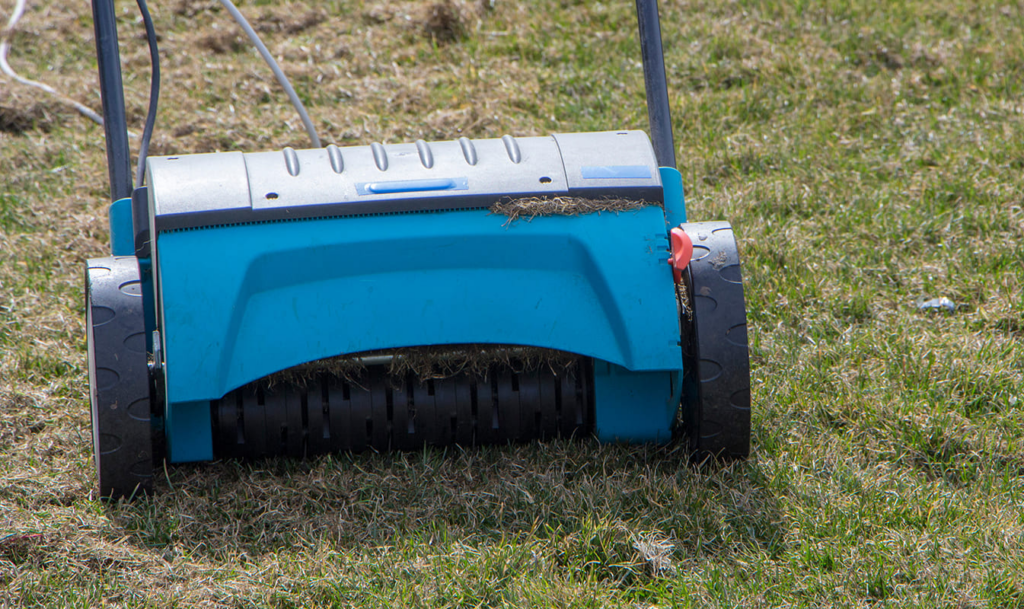
There are two main types of aeration: core aeration and spike aeration.
- Core Aeration
This method uses a machine that removes small plugs of soil from the lawn. These plugs are left on the surface to decompose, helping to return nutrients to the soil. Core aeration is the most effective way to reduce soil compaction, as it allows water, air, and nutrients to penetrate deeply into the soil.
- Spike Aeration
Spike aeration involves poking holes into the soil using a garden fork or aerating shoes. This method is less effective than core aeration, as it doesn’t remove soil but rather compacts it further around the holes. However, spike aeration can still be helpful for lawns with mild compaction or as a quick solution between core aerations.
How to Aerate Your Lawn
If you decide to aerate your lawn yourself, you can either use manual tools or hire a mechanical aerator. For small areas, a hand-held aerating tool or garden fork can be sufficient, but for larger lawns, renting or purchasing a machine may be more practical.
To aerate your lawn:
- Water the Lawn
It’s best to aerate your lawn when the soil is moist, but not soggy. Water your lawn a day or two before you plan to aerate to soften the soil.
- Mark Off Areas with Obstacles
Before you start, mark off areas with sprinklers, pipes, or other obstacles to avoid damaging them.
- Aerate in Multiple Directions
Run the aerator over your lawn in different directions to ensure even coverage.
- Apply Fertiliser or Compost
After aerating, consider applying a slow-release fertiliser or compost to help the lawn recover and promote healthy growth.
- Water Again
Finally, give your lawn a good watering to help settle the soil and ensure that nutrients reach the roots.
Conclusion
Aerating your lawn is a crucial step in maintaining a healthy, vibrant lawn, especially in Australia’s varying climates. By improving soil structure, enhancing root growth, and reducing thatch build-up, aeration allows your grass to thrive. Whether you choose to do it yourself or hire a professional, the benefits of aeration are clear – a greener, healthier lawn that can better withstand the challenges of nature and heavy use.

